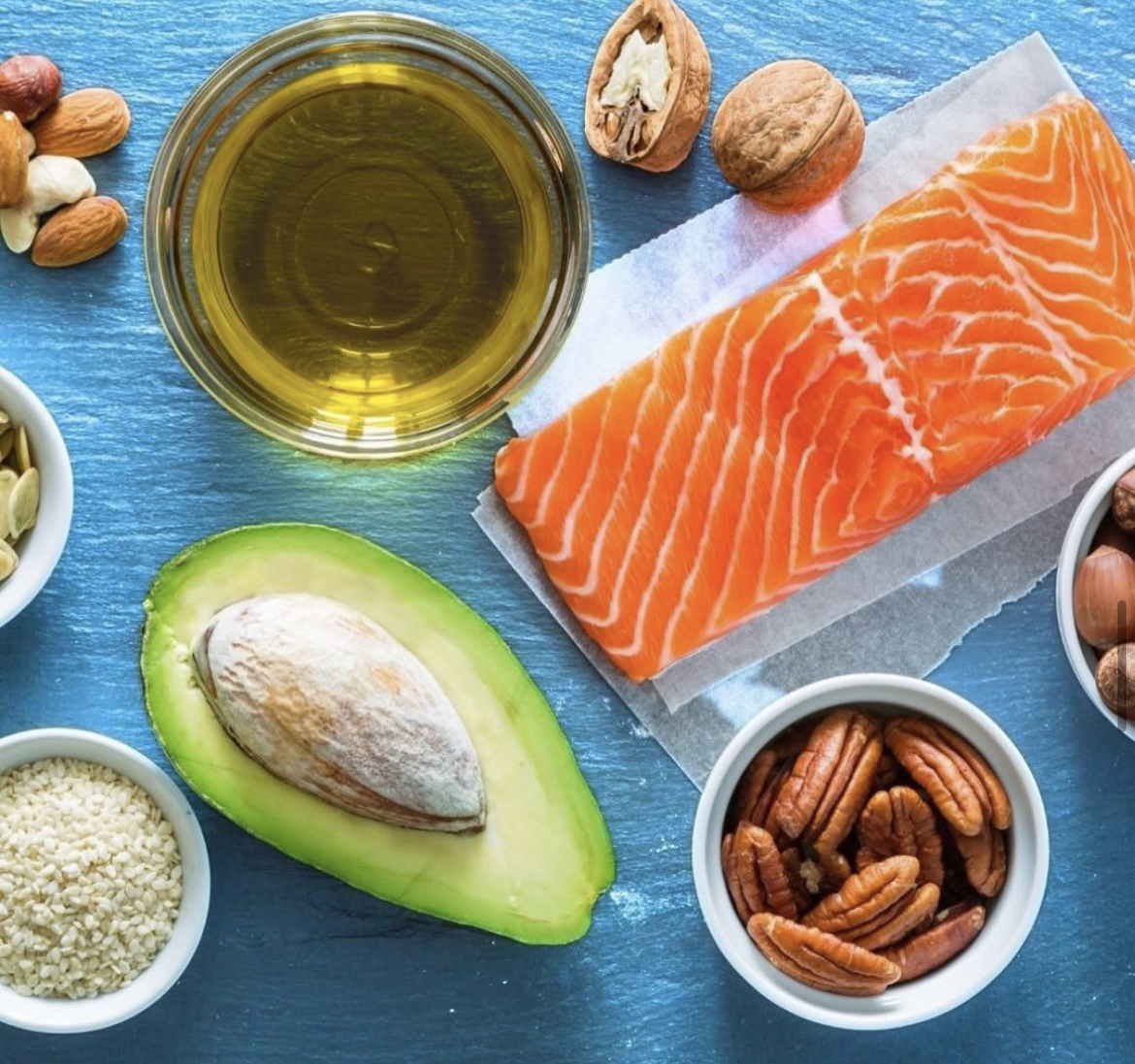In the quest for pain relief, many individuals seek alternatives to pharmacological treatments. Natural and home remedies can offer effective pain management solutions without the side effects commonly associated with medications. This blog post explores non-pharmacological ways to manage pain, including herbal remedies, essential oils, and lifestyle changes like diet and exercise, providing a more holistic approach to pain management.
Herbal Remedies for Pain Relief
Herbs have been used for centuries to treat various ailments, including pain. Some well-studied herbs known for their analgesic properties include:
– Turmeric (Curcuma longa): Contains curcumin, a compound with potent anti-inflammatory and antioxidant properties, making it effective in managing arthritis and other inflammatory conditions.
– Willow Bark (Salix alba): Often referred to as “nature’s aspirin,” willow bark has been used for centuries to ease inflammation and relieve pain, particularly low back pain and osteoarthritis.
– Ginger (Zingiber officinale): Known for its gastrointestinal benefits, ginger also has anti-inflammatory properties that can help with muscle pain, joint pain, and arthritis.
Essential Oils for Pain Management
Essential oils, extracted from plants, have been utilized for their therapeutic properties, including pain relief:
– Lavender Oil: Known for its calming and relaxing effects, lavender oil can also help alleviate pain, especially headaches and migraines.
– Peppermint Oil: Applied topically, peppermint oil can create a cooling sensation, helping to relieve muscle pain and headaches.
– Eucalyptus Oil: This oil has anti-inflammatory and analgesic properties, making it effective for joint pain and arthritis when applied topically.
Lifestyle Changes for Pain Management
Lifestyle modifications can play a significant role in managing pain:
– Diet: Adopting an anti-inflammatory diet rich in fruits, vegetables, whole grains, and omega-3 fatty acids can help reduce inflammation and pain.
– Exercise: Regular physical activity can strengthen muscles, improve flexibility, and reduce pain. Gentle exercises like walking, swimming, and yoga are particularly beneficial.
– Stress Management: Techniques such as meditation, deep breathing, and mindfulness can reduce stress and, in turn, alleviate pain.
References
– Daily, J. W., Yang, M., & Park, S. (2016). Efficacy of Turmeric Extracts and Curcumin for Alleviating the Symptoms of Joint Arthritis: A Systematic Review and Meta-Analysis of Randomized Clinical Trials. *Journal of Medicinal Food*, 19(8), 717-729.
– Zeidan, F., Martucci, K. T., Kraft, R. A., Gordon, N. S., McHaffie, J
– Santos, F. A., & Rao, V. S. (2000). Antiinflammatory and antinociceptive effects of 1,8-cineole a terpenoid oxide present in many plant essential oils. *Phytotherapy Research*, 14(4), 240-244.
– Geneen, L. J., Moore, R. A., Clarke, C., Martin, D., Colvin, L. A., & Smith, B. H. (2017). Physical activity and exercise for chronic pain in adults: An overview of Cochrane Reviews. *The Cochrane Database of Systematic Reviews*, 4(4), CD011279.
– Göbel, H., Schmidt, G., Soyka, D. (1994). Effect of peppermint and eucalyptus oil preparations on neurophysiological and experimental algesimetric headache parameters. *Cephalalgia*, 14(3), 228-234.
– Sasannejad, P., Saeedi, M., Shoeibi, A., Gorji, A., Abbasi, M., & Foroughipour, M. (2012). Lavender essential oil in the treatment of migraine headache: A placebo-controlled clinical trial. *European Neurology*, 67(5), 288-291.
– Shara, M., & Stohs, S. J. (2015). Efficacy and Safety of White Willow Bark (Salix alba) Extracts. *Phytotherapy Research*, 29(8), 1112-1116.
– Terry, R., Posadzki, P., Watson, L. K., & Ernst, E. (2011). The use of ginger (Zingiber officinale) for the treatment of pain: A systematic review of clinical trials. *Pain Medicine*, 12(12), 1808-1818.

